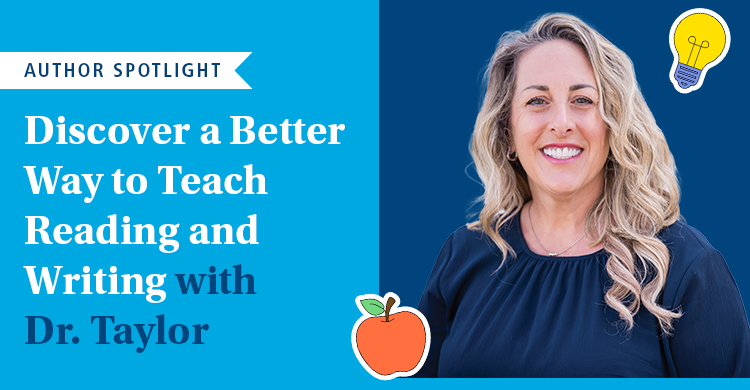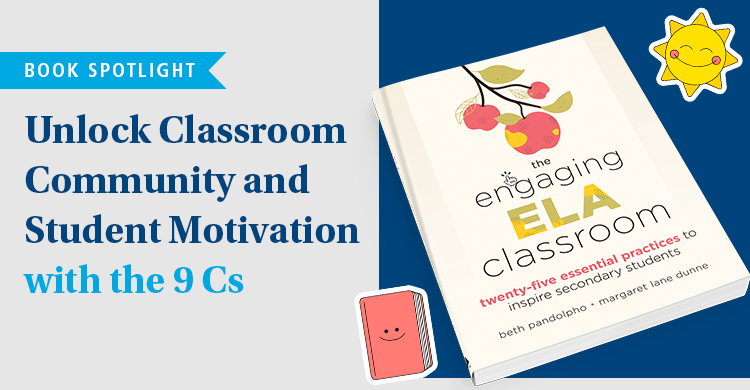The topic of growing a mathematician often takes center stage at key conferences we attend, sparking thoughtful discussions on fostering mathematical growth in every learner. We recently had the opportunity to moderate a panel on this important topic, and here’s what we discovered about building confident math learners.
Breaking free from the “I’m not a math person” narrative
What does it take to bring out the mathematician in every student? It starts with opportunities to notice, explore, analyze, explain, build, and so much more. Consider a student’s experiences outside of math class, even outside of school. When a student figures something out, they feel proud of themselves and excited for the next challenge. The harder the task, the greater the reward.
Similarly, growing a mathematician requires opportunities to explore, build, and tackle challenges. Young children are naturally curious and joyfully discovering mathematical ideas in the world around them. Yet, in many classrooms, these rewarding experiences are often overshadowed by rote tasks that offer little engagement with mathematics. The result? Too many students fail to see themselves as ‘math people.’
It’s up to the educators to spark math curiosity
The solution lies with educators. By tapping into students’ lived experiences, curiosity, and desire to be challenged, we can help them learn mathematical concepts and skills while flourishing as mathematical thinkers and problem solvers. In essence, we can help them become mathematicians!
Of course, growing a mathematician requires more than a desire to do so. Specific teaching actions can support or hinder a student’s emerging views of mathematics, their skills, and their desire to learn. Our expanding Growing the Mathematician in Every Student book collection offers classroom-tested instructional strategies to bring out every student’s mathematical brilliance. From nurturing students’ natural curiosity to building confidence and fostering reasoning skills, these resources offer practical, research-backed ideas teachers can implement immediately.
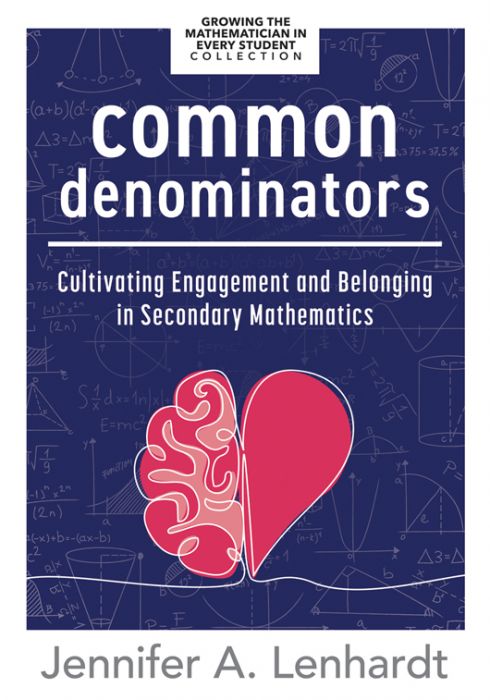
The first four books in the collection:
1. Common Denominators: Cultivating Engagement and Belonging in Secondary Mathematics by Jennifer A. Lenhardt
Through research-supported practices and personal stories from her secondary classrooms, Jennifer A. Lenhardt shows us the tremendous power teachers have to disrupt cycles of failure. Learn how to meet the “I’m not a math person” challenge and connect with students who have disengaged from learning.
2. See It, Say It, Symbolize It: Teaching the Big Ideas in Elementary Mathematics by Patrick L. Sullivan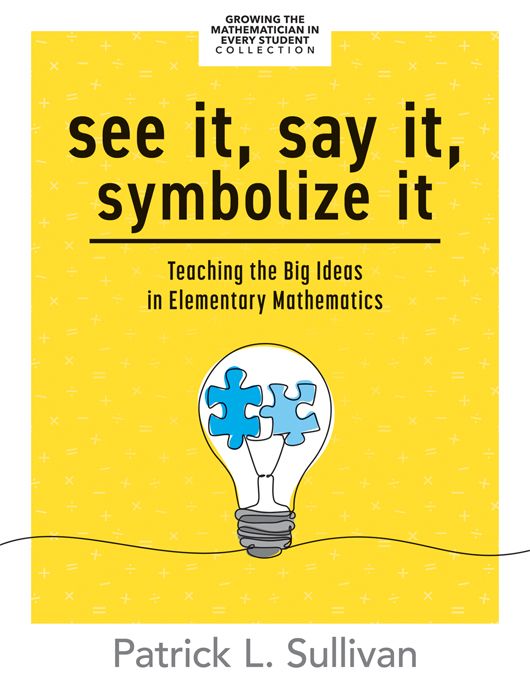
Anyone can learn mathematics and stay in the math game for life once they unlock key superpower understandings that demystify foundational concepts—from whole numbers, fractions, and place value operations to ratios, proportions, and percentages. Set your elementary students up for mathematical success by applying the See It, Say It, Symbolize It framework to your teaching of concepts and operations.
3. Nurturing Math Curiosity with Learners in Grades K–2 by Chepina Rumsey and Jody Guarino 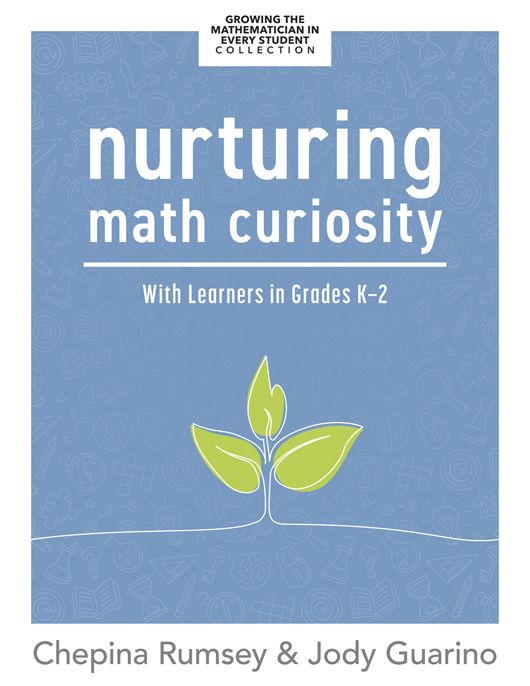
Young children are naturally curious about mathematics and engage in argumentation in ways that are not always obvious. Learn what this early exploration looks like and how to nurture and develop K−2 students’ mathematical reasoning as they notice patterns, ask questions, and make conjectures.
4. Celebrating Mathematical Mistakes: How to Use Students’ Thinking to
Unlock Understanding by Nicole M. Wessman-Enzinger and Natasha E. Gerstenschlager
Every one of your students will make mistakes as they solve problems,
and every mistake is a learning opportunity.
Discover classroom-tested tools and strategies, including games, that treat mistakes as an expected part of learning and use them to deepen students’ understanding.
Building student confidence in math
Our ultimate goal is to help students see themselves as mathematicians: individuals who confidently and fearlessly use mathematics in their daily lives and careers. The books in this collection will guide teachers in building students’ confidence, tapping into their curiosity, and celebrating their progress – mistakes and all. This is just the start of counting the ways to grow a mathematician. Explore these books – and future additions in the collection – for even more strategies to support students on their mathematical journey.




